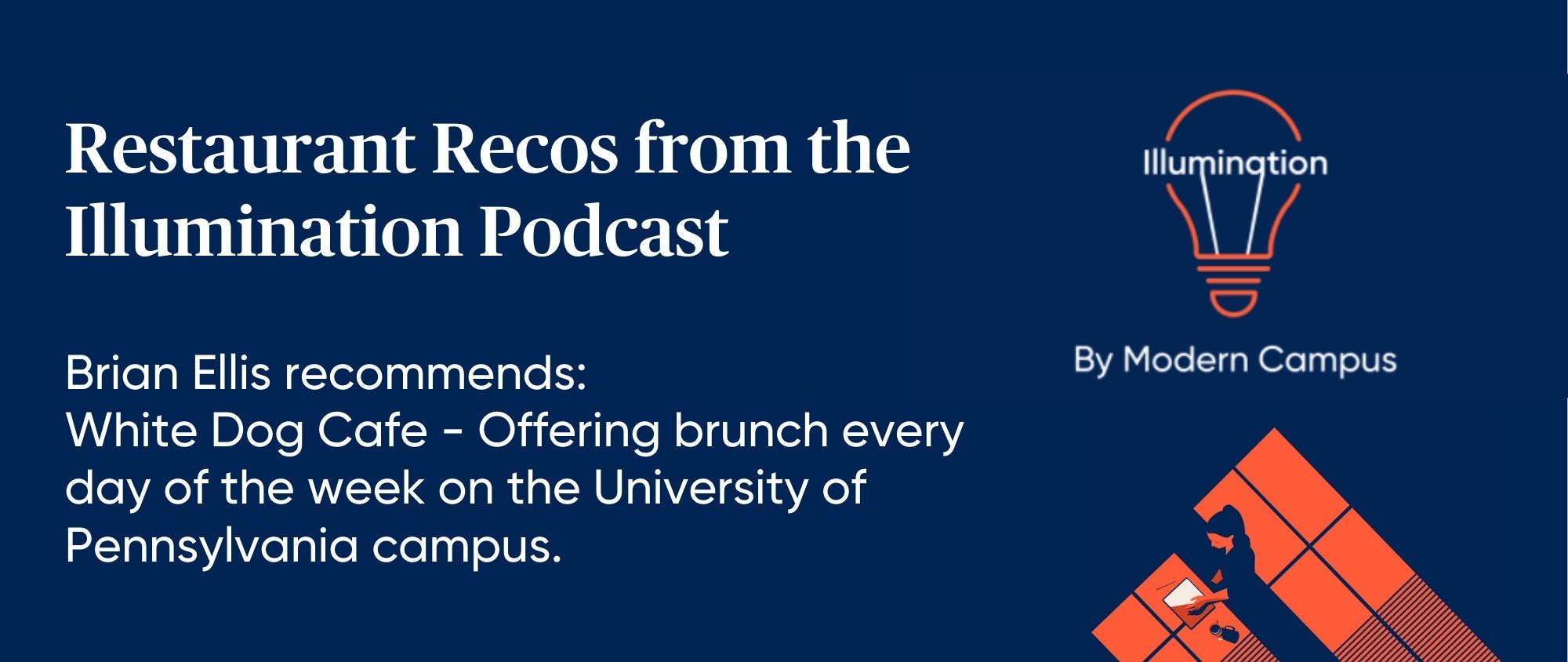Two Sides: How Continuing Education Complements Traditional Degree Programs
Continuing education programs and more traditional academic departments do not need to be at odds with each other. There is room for both units to thrive, and even bolster one another’s goals.
On this episode of the Illumination podcast, Brian Ellis, Associate Dean of Academic Programs Administration for the LeBow College of Business and Executive Director of the Goodwin College of Evening and Professional Studies at Drexel University, joins host Amrit Ahluwalia to discuss the culture divide between CE units and the traditional university, and how enabling a-la-carte pricing can boost accessibility.
As essential as CE is to the success of so many students, it often exists on the periphery of the institution, not quite fitting with other programs.
“Folks have a hard time at a traditional college or university demystifying what CE really is,” Ellis says. “We haven’t done a great job at expressing how these markets are different. They’re not in competition; they appeal to a different audience.”
Depending on the school, there may still be work to be done to fully embrace CE as an essential part of the institution.
Although some people tend to think that CE “cannibalizes” enrollments from the rest of the school, that is never actually true. CE is not in competition with the traditional university’s goals.
“Everybody in higher education is aware of the demographic cliff that we’re about to embark on,” Ellis says. “Because of that, folks are becoming territorial to avoid that cannibalization.”
Students may feel as if they should enroll in a more traditional program, as opposed to CE, because they believe the former carries more recognition and prestige. But traditional programs aren’t the best fit for all learners.
But what’s best for the student is what’s best for the school.
“There are two very distinct audiences we’re attracting based on the services and the programs we provide,” Ellis says. “There’s an assumption within the business school world that the school of professional studies can’t offer business programs or certificates, when of course they can.”
These programs are meant to be offered to all who need them, whether that be in the traditional school or CE. These worlds are meant to intersect and build off one another, not compete.
Collaboration breeds innovation, just as competition does.
Being able to make the distinction between a traditional institution, say a business school, and a CE unit lends itself to better education, as each student will be better equipped in different types of classrooms that suit their needs.
“If we collaborate properly and establish partnerships within an institution, we can all benefit from it,” Ellis says. “I’m in a fortunate place where I can see professional studies and the business school come together.”
Collaboration between professional studies and the business school is usually a good starting point for collaboration between other units. Some students are working towards a career pathway, while others are earning graduate program certificates for executive roles.
Understanding the distinction between working in a corporate space in executive education and community workforce development can help demystify some of what happens in the business world, and open doors to non-traditional learners.
There are transformational pathways that postsecondary institutions should be adopting to better instill the principles of lifelong learning, Ellis says. But this may require a shift in the foundational systems that traditional schools have relied on for years.
“For access and opportunity, differential tuition is the place to start,” Ellis says.
Listen to This Episode
Listen on Apple Podcasts Listen on SpotifyRSS Feed
Last updated: July 15, 2022



